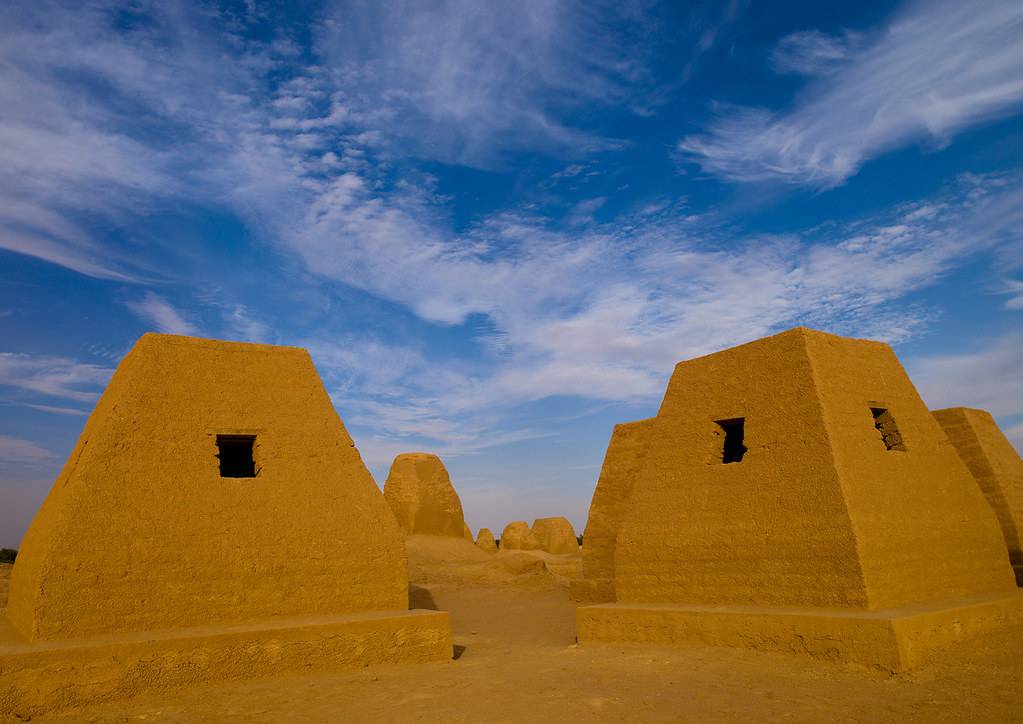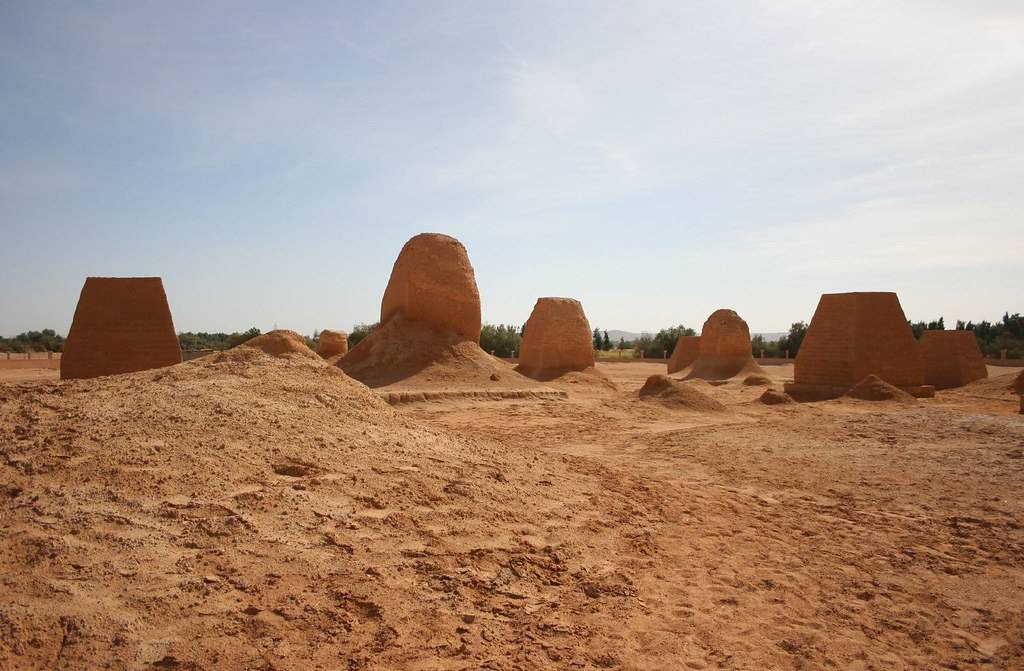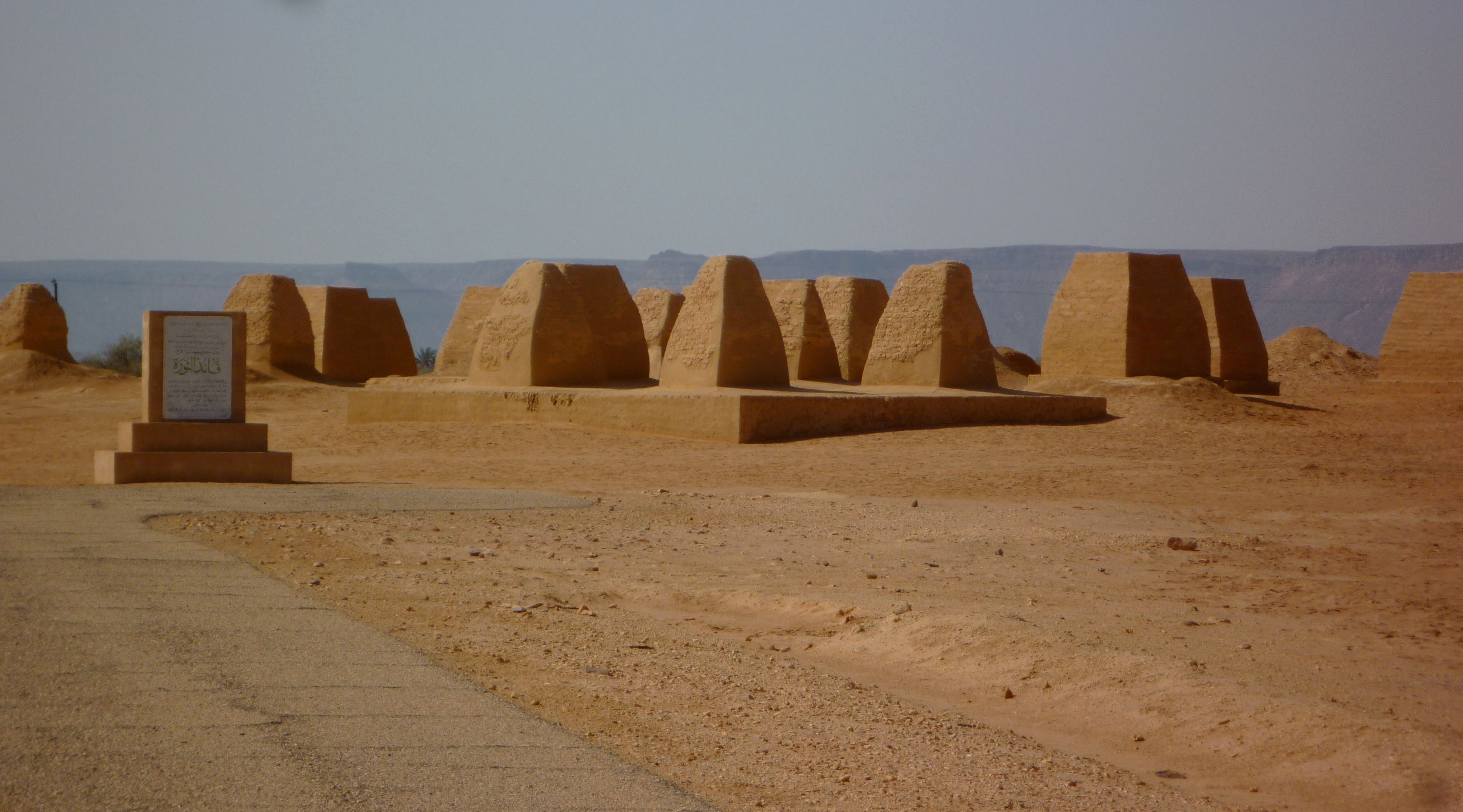The Tombs of the Garamantes are a series of pre-Islamic burial grounds. They are located in the Fezzan region of southwestern Libya. These tombs belong to the Garamantes, a Berber-speaking people. They thrived in the Sahara from around 500 BC to 700 AD. The Garamantes were known for their advanced civilization. They had a complex social structure and were skilled in agriculture, trade, and warfare. The tombs provide valuable insights into their culture and customs. They are a testament to the Garamantes’ craftsmanship and architectural prowess.
Get your dose of History via Email
Historical Background of The Tombs of the Garamantes
The Garamantes civilization once flourished in the heart of the Sahara. They built the tombs that now bear their name. Archaeologists discovered these tombs in the 20th century. They have since become a focal point for understanding pre-Islamic North Africa. The Garamantes were skilled builders and traders. They connected sub-Saharan Africa with the Mediterranean world. Their tombs reflect a society that was both wealthy and organized.
Italian archaeologist Fabrizio Mori unearthed the tombs in the 1930s. His work brought the Garamantes to the attention of the wider world. The tombs’ builders were the Garamantes themselves. They created these structures as eternal houses for the dead. The Garamantes’ society later declined. Yet, their tombs remained, standing the test of time and desert sands.
Over the centuries, the tombs have seen various inhabitants. Some were reused during the Islamic period. Others served as shelters for travelers. Despite these changes, the tombs have retained their original purpose. They are a link to the Garamantes’ past. The tombs have not been the scene of major historical events. However, they offer a window into the daily life and beliefs of a lost civilization.

The discovery of the tombs was a significant archaeological milestone. It shed light on the Garamantes and their way of life. The tombs’ architecture and artifacts have provided a wealth of information. They tell us about the Garamantes’ social hierarchy, religious practices, and interactions with neighboring cultures.
Today, the Tombs of Garamantes stand as a silent testimony to a once-great civilization. They are a reminder of the Sahara’s historical significance. The tombs are not just burial sites. They are historical documents in stone and earth. They continue to intrigue and inform those who study the ancient world.
About The Tombs of Garamantes
The Tombs of Garamantes are an impressive feat of ancient engineering. They consist of stone and mud-brick structures. These materials were readily available in the harsh Saharan environment. The tombs vary in complexity. Some are simple pit graves. Others are elaborate multi-chambered mausoleums. This variety reflects the social status of those buried within.
The most notable architectural feature is the pyramid-shaped tombs. They are unique to the region. These pyramids are not as grand as those in Egypt. Yet, they demonstrate the Garamantes’ architectural skills. The tombs also feature intricate rock carvings and paintings. These depict scenes from daily life and the afterlife.
Construction methods were adapted to the desert conditions. The Garamantes used underground water channels, known as foggaras, to transport water. This allowed them to mix mud-brick even in arid areas. The tombs’ builders also employed advanced stonework techniques. They ensured the structures would endure for millennia.

The interior of the tombs often contained goods. These included pottery, weapons, and jewelry. Such items were meant to serve the deceased in the afterlife. The presence of these goods indicates a belief in life after death. It also shows the Garamantes’ connections to distant trade networks.
Overall, the Tombs of Garamantes are a marvel of ancient construction. They reflect the ingenuity of the Garamantes people. They adapted to their environment and created enduring monuments. These structures have survived to tell the tale of a sophisticated and enigmatic society.
Theories and Interpretations
The Tombs of Garamantes have sparked numerous theories about their use and significance. Some scholars suggest they were not just burial sites. They may have also served as temples or places of worship. The presence of religious symbols supports this theory. It suggests a dual purpose for these structures.
Mysteries still shroud the tombs. For instance, the exact burial rituals and ceremonies remain unknown. Archaeologists have had to interpret these practices from the artifacts found within. They match these findings to historical records from neighboring civilizations.
Dating the tombs has been a challenge. Yet, researchers have used methods like radiocarbon dating and stratigraphy. These techniques have helped establish a timeline for the Garamantes’ civilization. They have also provided a chronological context for the tombs’ construction.
At a glance
Country: Libya
Civilization: Garamantes
Age: Approximately 2,500 years old (500 BC to 700 AD)
Conclusion and Sources
Reputable sources used in creating this article include:
- Wikipedia: https://en.wikipedia.org/wiki/Garamante


1 thought on “The Tombs of the Garamantes”